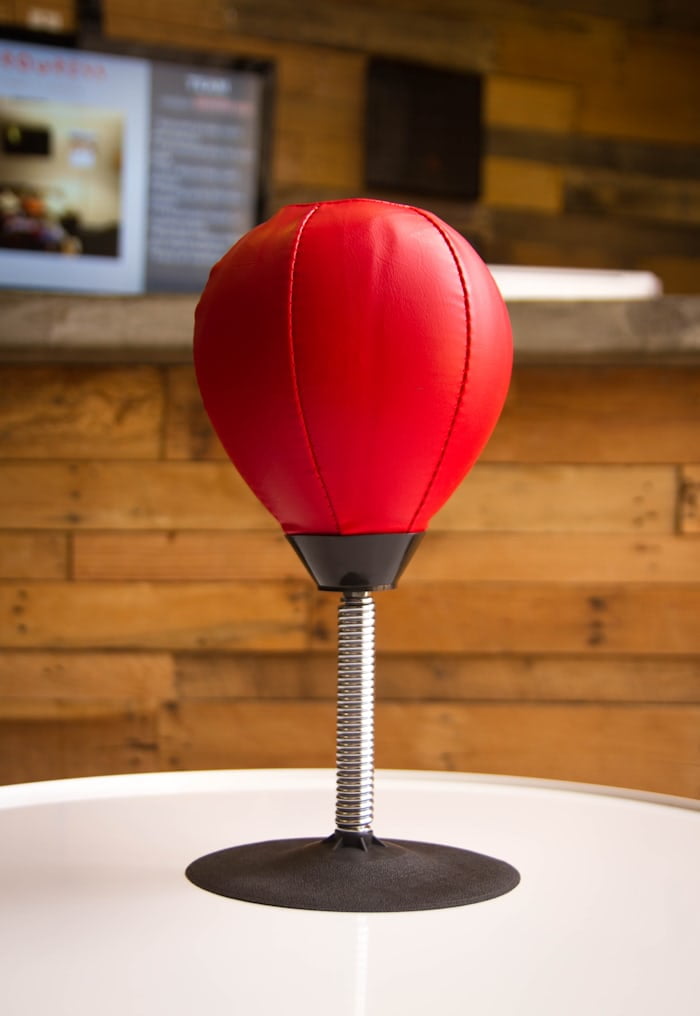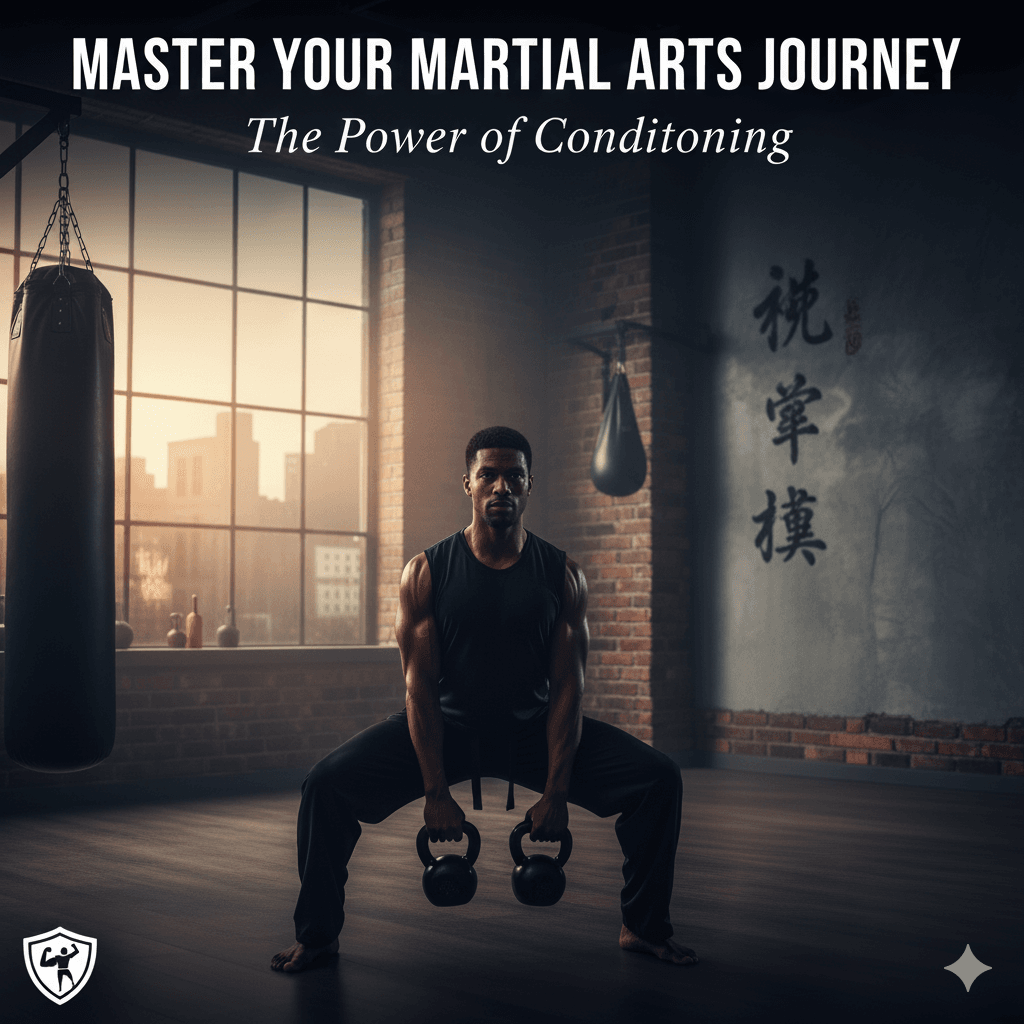Wing Tsun, often spelled as Wing Chun, is a traditional Chinese martial art that emphasizes self-defense, efficiency, and directness.
Originating in the southern part of China, it has a rich history that dates back to the Qing Dynasty.
Wing Tsun’s development is attributed to the legendary Buddhist nun, Ng Mui, and her disciple, Yim Wing-Chun, from whom the art derives its name.
This unique martial art form gained global recognition through the teachings of Ip Man, a revered grandmaster who brought Wing Tsun into mainstream awareness.
Notably, Ip Man’s most famous student, Bruce Lee, further popularized Wing Tsun through his movies and the development of his own martial art philosophy, Jeet Kune Do.
Unlike many traditional martial arts that emphasize physical prowess and elaborate techniques, Wing Tsun is characterized by its simplicity and practicality.
The core philosophy of Wing Tsun revolves around using an opponent’s force against them, making it an ideal system for self-defense.
This principle of efficiency is evident in its techniques, which prioritize direct and economical movements.
Wing Tsun practitioners focus on close-range combat, utilizing rapid strikes, simultaneous attack and defense, and sensitivity to an opponent’s movements through “Chi Sao” or “sticky hands” training.
What sets Wing Tsun apart from other martial arts is its emphasis on real-world applicability and adaptability.
It does not rely on brute strength or acrobatics, making it accessible to individuals of varying physical abilities.
The art also teaches practitioners to remain calm and composed under pressure, fostering both mental and physical resilience.
This holistic approach to self-defense and personal development positions Wing Tsun as a highly effective and versatile martial art.
Historically, Wing Tsun has been shaped by numerous influential figures who contributed to its evolution and dissemination.
Ip Man’s contributions cannot be overstated, as his teachings laid the foundation for modern Wing Tsun practice.
Bruce Lee, through his innovative approach and global fame, further cemented Wing Tsun’s place in martial arts history.
Together, these figures highlight the enduring legacy and dynamic nature of Wing Tsun, making it a respected and sought-after martial art worldwide.
The Structure of Wing Tsun Lessons
Wing Tsun lessons are meticulously structured to guide practitioners through a progressive journey from fundamental techniques to advanced applications.
This martial art emphasizes a systematic approach, ensuring that each stage builds a solid foundation for the next.
The structured progression is crucial for developing a comprehensive skill set, encompassing forms, drills, sparring, and real-life applications.

Initially, students are introduced to the basic forms, or “Siu Nim Tau.”
This foundational form is essential as it teaches the core principles of Wing Tsun, including stance, balance, and basic hand movements.
Mastery of Siu Nim Tau is critical, as it instills the fundamental techniques that are vital for more advanced practice.
The focus at this stage is on developing correct posture, relaxation, and precision.
As students become proficient in the basic forms, the lessons progress to intermediate drills known as “Chi Sau” or “Sticky Hands.”
Chi Sau is a pivotal element in Wing Tsun training, emphasizing sensitivity, reflexes, and close-range combat skills.
Through these drills, practitioners learn to maintain contact with their opponent, respond to pressure, and exploit openings.
This stage is crucial for developing the tactile awareness needed in sparring and real-life scenarios.
Following the mastery of drills, the training advances to sparring sessions.
Sparring in Wing Tsun is conducted in a controlled environment to ensure safety while allowing students to apply techniques against resisting opponents.
This phase is vital for testing and refining skills under dynamic conditions, bridging the gap between theoretical knowledge and practical application.
Finally, advanced Wing Tsun lessons incorporate real-life applications.
This stage focuses on scenario-based training, preparing students to defend themselves in various situations.

Techniques are adapted to different contexts, ensuring that practitioners can effectively protect themselves regardless of the circumstances.
The structured progression of Wing Tsun lessons ensures a comprehensive and practical skill set.
Each stage is designed to build upon the previous one, creating a cohesive learning experience that prepares students for both competitive and real-world encounters.
Key Forms and Techniques in Wing Tsun
Wing Tsun is a complex and highly disciplined martial art, characterized by its structured forms and techniques.
Among the foundational forms in Wing Tsun are Siu Nim Tau, Chum Kiu, and Biu Jee.
Each form is integral to the practitioner’s development, offering a unique set of movements and principles that build upon each other progressively.
Siu Nim Tau, meaning “Little Idea,” is the first and most fundamental form in Wing Tsun.
It focuses on developing basic hand movements, stance, and balance.
This form emphasizes relaxation, precision, and the central line theory, which is crucial for effective self-defense.

Techniques practiced in Siu Nim Tau include straight punches, palm strikes, and simple blocks.
The form serves as the foundation upon which all other techniques are built, instilling the core principles of Wing Tsun in the practitioner.
Chum Kiu, or “Seeking the Bridge,” is the second form and builds upon the principles learned in Siu Nim Tau.
It introduces footwork and body movement, teaching students how to close the distance between themselves and an opponent.
Key techniques in Chum Kiu include turning stances, stepping, and bridging movements, which are essential for maintaining balance and control during combat.
This form also enhances the practitioner’s ability to generate power through coordinated movements.
Biu Jee, meaning “Thrusting Fingers,” is the third form and focuses on emergency techniques and recovery strategies.
It addresses situations where the practitioner’s structure has been compromised, teaching rapid and explosive movements to regain control.
Techniques in Biu Jee include finger strikes, elbow attacks, and advanced footwork.
This form emphasizes flexibility and adaptability, preparing students for unpredictable and high-pressure scenarios.
The Muk Yan Jong, or wooden dummy form, is a crucial training tool in Wing Tsun.
It involves practicing techniques against a wooden dummy equipped with protruding arms and legs, simulating an opponent.
The wooden dummy form helps refine precision, timing, and structure, allowing practitioners to apply their skills with accuracy and consistency.
It also enhances the ability to deliver powerful strikes while maintaining proper form.
Each of these forms and techniques plays a vital role in the comprehensive training of Wing Tsun practitioners.
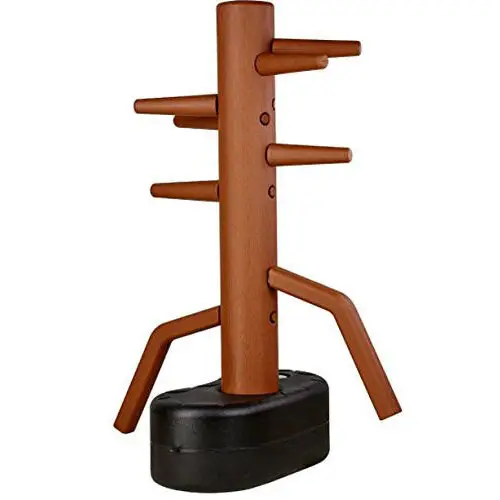
By systematically practicing and mastering these forms, students develop a versatile and effective set of skills suited for self-defense and combat.
Comparing Wing Tsun with Other Martial Arts
Wing Tsun, a martial art with roots in Southern China, emphasizes efficiency, directness, and adaptability.
When contrasted with other martial arts such as Karate, Taekwondo, Judo, and Brazilian Jiu-Jitsu, several distinctive differences emerge in techniques, philosophies, training methods, and overall objectives.
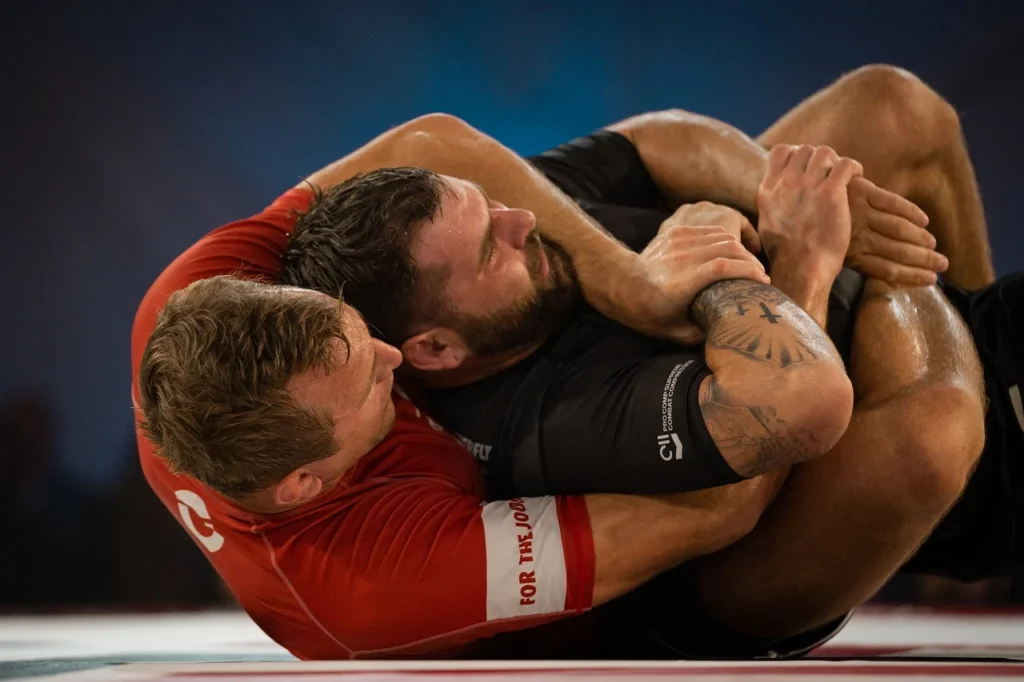
However, Karate, originating from Okinawa, emphasizes powerful strikes using punches, kicks, and open-hand techniques.
Basically, The philosophy of Karate revolves around the concept of “empty hand,” focusing on self-discipline and respect.
Training methods are rigorous and include kata (forms), kihon (basics), and kumite (sparring).
While Karate teaches strong offensive and defensive techniques.
it may lack the fluid adaptability found in Wing Tsun, which prioritizes close-range combat and sensitivity to an opponent’s movements.
Taekwondo, developed in Korea, is renowned for its dynamic and high-flying kicks.
The art emphasizes speed, agility, and precision.
Philosophically, Taekwondo promotes indomitable spirit and perseverance.
Training is intense, focusing on patterns (Poomsae), sparring, and breaking techniques.
Unlike Wing Tsun’s close-quarters combat, Taekwondo excels in long-range striking but may be less effective in grappling or close-in fighting scenarios.
Judo, a Japanese martial art, centers on throws, joint locks, and pins.
The philosophy of Judo is encapsulated in the principle of “maximum efficiency, minimum effort.”
Training involves randori (free practice) and kata, emphasizing the use of an opponent’s energy against them.
While Judo’s grappling techniques are highly effective in neutralizing opponents.
it lacks the striking component inherent in Wing Tsun, which combines both grappling and striking for a balanced approach.
Brazilian Jiu-Jitsu (BJJ) focuses primarily on ground fighting and submission holds, making it a formidable martial art in one-on-one scenarios.
Originating from Judo, BJJ’s philosophy is about overcoming stronger opponents through technique and leverage.
Training involves rolling (sparring) and drilling techniques.
BJJ’s strength lies in its ground control and submission prowess, but it may be less applicable in situations requiring striking or multiple opponents, where Wing Tsun’s versatility shines.
In summary, each martial art offers unique strengths and weaknesses.
Wing Tsun’s adaptability, close-range effectiveness, and combination of striking and grappling set it apart, providing a comprehensive self-defense system suitable for various scenarios.
Lessons – Wing Tsun vs Other Martial Arts
Achieving proficiency in Wing Tsun, like any martial art, requires a structured and dedicated approach.
The journey from a beginner to an advanced practitioner is typically segmented into several stages, each necessitating a specific number of lessons and practice hours.
For beginners, the initial phase focuses on grasping the foundational principles and basic techniques of Wing Tsun.
This stage usually encompasses around 20 to 30 lessons, often spread over a period of three to six months.
During these lessons, students learn essential stances, basic strikes, and the fundamental forms that lay the groundwork for more advanced techniques.
The intermediate stage builds upon these basics, introducing more complex movements and applications.
Students in this phase can expect to attend approximately 50 to 70 lessons, with an average time commitment of six months to a year.
Consistent practice is crucial at this level, as it involves refining techniques and ensuring that the foundational skills are not only retained but also seamlessly integrated with more advanced maneuvers.
Reaching an advanced level in Wing Tsun typically requires an additional 100 to 150 lessons.
This stage, which can take anywhere from one to two years, focuses on mastering the art’s intricate techniques, including chi sao (sticking hands) and advanced combat strategies.
The emphasis here is on precision, fluidity, and the ability to apply Wing Tsun principles in various real-world scenarios.
Overall, achieving proficiency in Wing Tsun often necessitates a total of 170 to 250 lessons.
depending on the individual’s dedication, aptitude, and consistency in practice.
Regular practice outside of formal lessons is equally important, as it reinforces learning and aids in the transition from one level to the next.
Mastery in Wing Tsun is not merely about the number of lessons attended but about the depth of understanding and the ability to execute techniques with confidence and precision.
When comparing Wing Tsun vs Other Martial Arts – the total number of lessons required across various martial arts disciplines.
it is crucial to understand the unique structures and grading systems each employs.
Traditional Karate, for instance, operates on a belt system that typically includes white, yellow, orange, green, blue, brown, and black belts.
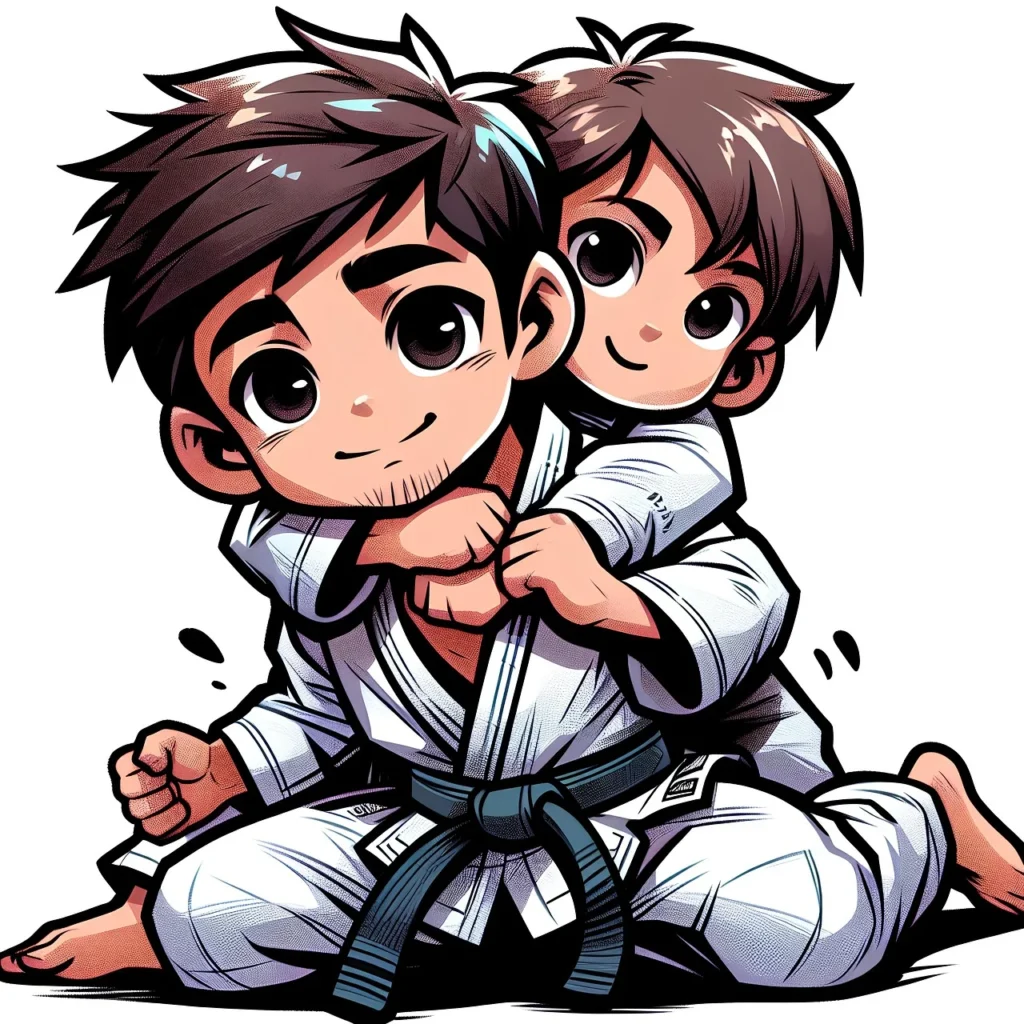
The progression from one belt to the next can vary depending on the dojo, but students often require several years of consistent practice to advance.
Typically involving a combination of lesson hours, skill assessments, and physical conditioning.
Taekwondo, another widely practiced martial art, also follows a structured belt progression system.
The journey from a white belt to a black belt in Taekwondo usually encompasses ten color belts, known as ‘geup’ levels, before ascending into the black belt degrees, termed ‘dan.’
The total duration to achieve a black belt can range from three to five years, depending on the frequency of training and individual aptitude.
Taekwondo’s curriculum emphasizes patterns, sparring, and breaking techniques, with each level requires specific competencies to demonstrate before promotion.
In Judo, the grading system is ‘kyu’ ranks for color belts and ‘dan’ ranks for black belts.
The transition from a novice white belt to the first-degree black belt (shodan) can take approximately three to six years of dedicated training.
Judo’s emphasis on throws, grappling, and ground fighting means that students must exhibit proficiency in various techniques and principles, assessed through formal examinations and competitive performance.
Brazilian Jiu-Jitsu (BJJ) has a belt ranking system that is depends for its rigor and extensive training periods.
The progression from a white belt to a black belt in BJJ can often take upwards of ten years, reflecting the art’s focus on technical mastery, sparring ability, and endurance.
BJJ belts include white, blue, purple, brown, and black, with each level demanding significant dedication and time spent on the mat to hone grappling and submission skills.
These systems highlight the diverse approaches to martial arts training, with varying degrees of intensity and duration.
While some disciplines like Karate and Taekwondo may have more structured and faster progression,
others like Judo and BJJ require prolonged commitment to achieve higher ranks, underscoring the unique requirements and training philosophies inherent in each martial art.
Benefits – Wing Tsun vs Other Martial Arts
Wing Tsun training offers a myriad of benefits that span physical, mental, and emotional well-being.
This traditional martial art, known for its efficient self-defense techniques, extends its advantages far beyond fighting skills.
Physically, Wing Tsun training enhances overall fitness levels.
The practice involves rigorous drills that improve cardiovascular health, strength, flexibility, and coordination.
Regular training sessions help practitioners develop lean muscle mass and enhance their endurance, contributing to a healthier lifestyle.

Furthermore, the dynamic movements and stance work inherent in Wing Tsun practice play a critical role in improving balance and posture.
On a mental level, Wing Tsun is a powerful tool for enhancing focus and discipline.
The complexity and precision required in Wing Tsun techniques demand a high level of concentration.
which sharpens cognitive abilities and mental resilience.
Practitioners often report improved problem-solving skills and a heightened sense of awareness.
both on and off the training mat.
The structured nature of Wing Tsun lessons fosters a sense of routine and discipline, which can be beneficial in other areas of life.
Emotionally, Wing Tsun training is a potent method for stress management.
The physical exertion and mental engagement required during practice sessions act as effective outlets for releasing daily stress and tension.
The practice encourages mindfulness and presence.
crucial for emotional regulation and mental health.
Many practitioners find that the confidence gained from mastering Wing Tsun techniques translates to greater self-confidence in everyday scenarios.
Testimonials from Wing Tsun practitioners further illustrate the transformative impact of the training.
Jane, a long-time practitioner, shares, “Wing Tsun has not only made me physically stronger but also mentally tougher.
The discipline and focus I have gained are invaluable.”
Similarly, John, another enthusiast, remarks, “The stress relief is okay.
It has become my go-to method for maintaining emotional balance.”
In sum, Wing Tsun training offers comprehensive benefits that enhance physical fitness.
Mental acuity, and emotional well-being.
Its positive impact is evident in the experiences of its practitioners.
Making it a valuable pursuit for those seeking holistic development.
Conclusion of Wing Tsun vs Other Martial Arts
Each martial art offers unique benefits and philosophies, making it essential to consider what you wish to achieve.
Whether your aim is self-defense, physical fitness, mental discipline, or a combination of these.
Understanding your objectives will help narrow down your choices.
Physical condition is another critical factor.
Some martial arts, like Wing Tsun, focus on leverage and technique over brute strength.
Making them accessible to individuals of varying physical capabilities.
Others, such as Muay Thai or Brazilian Jiu-Jitsu.
might demand higher levels of physical endurance and strength.
Assess your current fitness level and be realistic about what your body can handle to avoid injury and ensure long-term participation and enjoyment.
Personal interests play a significant role in maintaining motivation and commitment.
If you have an affinity for striking techniques, disciplines like Karate or Taekwondo might appeal to you. Conversely,
if you are more interested in grappling and ground combat, Judo or Brazilian Jiu-Jitsu could be more suitable.
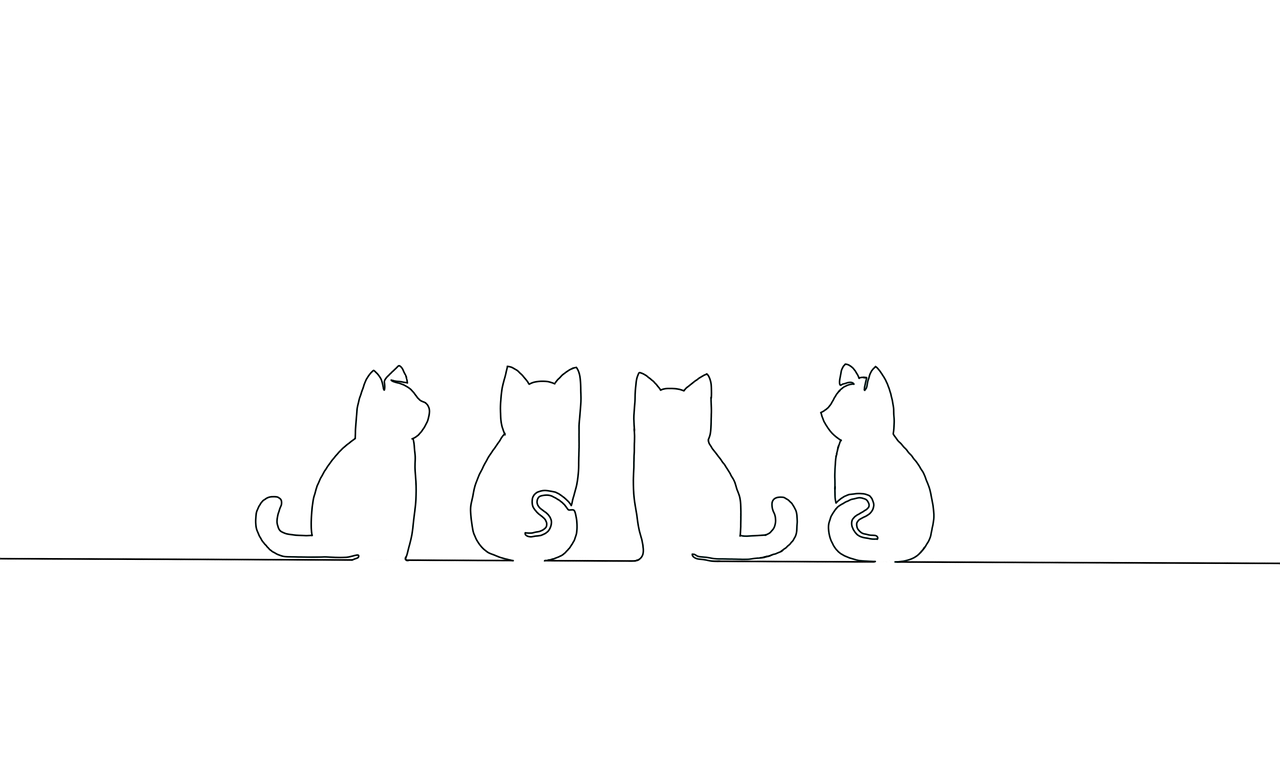
Wing Tsun, with its emphasis on close-range combat and adaptive strategies.
offers a balanced approach that might resonate with those seeking a comprehensive self-defense system.
Basically, Visiting different schools and trying out classes is crucial in making an informed decision.
By Observing classes in session and speaking with instructors can provide valuable insights into the teaching style and atmosphere of the school.
So, Instructors can offer guidance and answer any questions you may have about the curriculum and training methods.
Also, Participating in trial classes allows you to experience the martial art firsthand and determine if it aligns with your preferences and expectations.
Ultimately, the best martial art for you is one that meets your needs and resonates with your personal philosophy.
Finally, Taking the time to explore various options.
engage with the martial arts community so they will help you find a practice that is both fulfilling and enjoyable.
Let us know about your thoughts on Wing Tsun vs Other Martial Arts.


